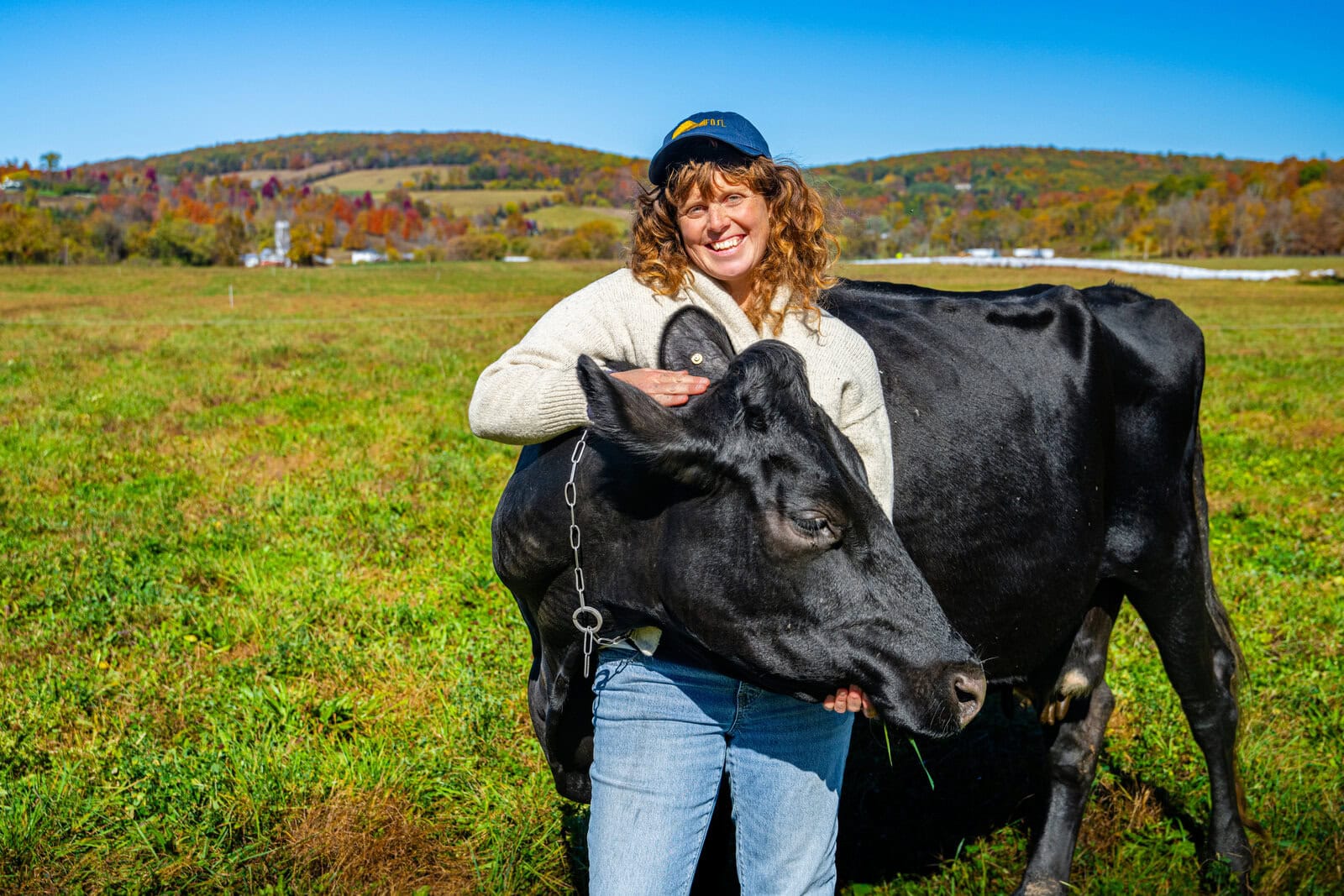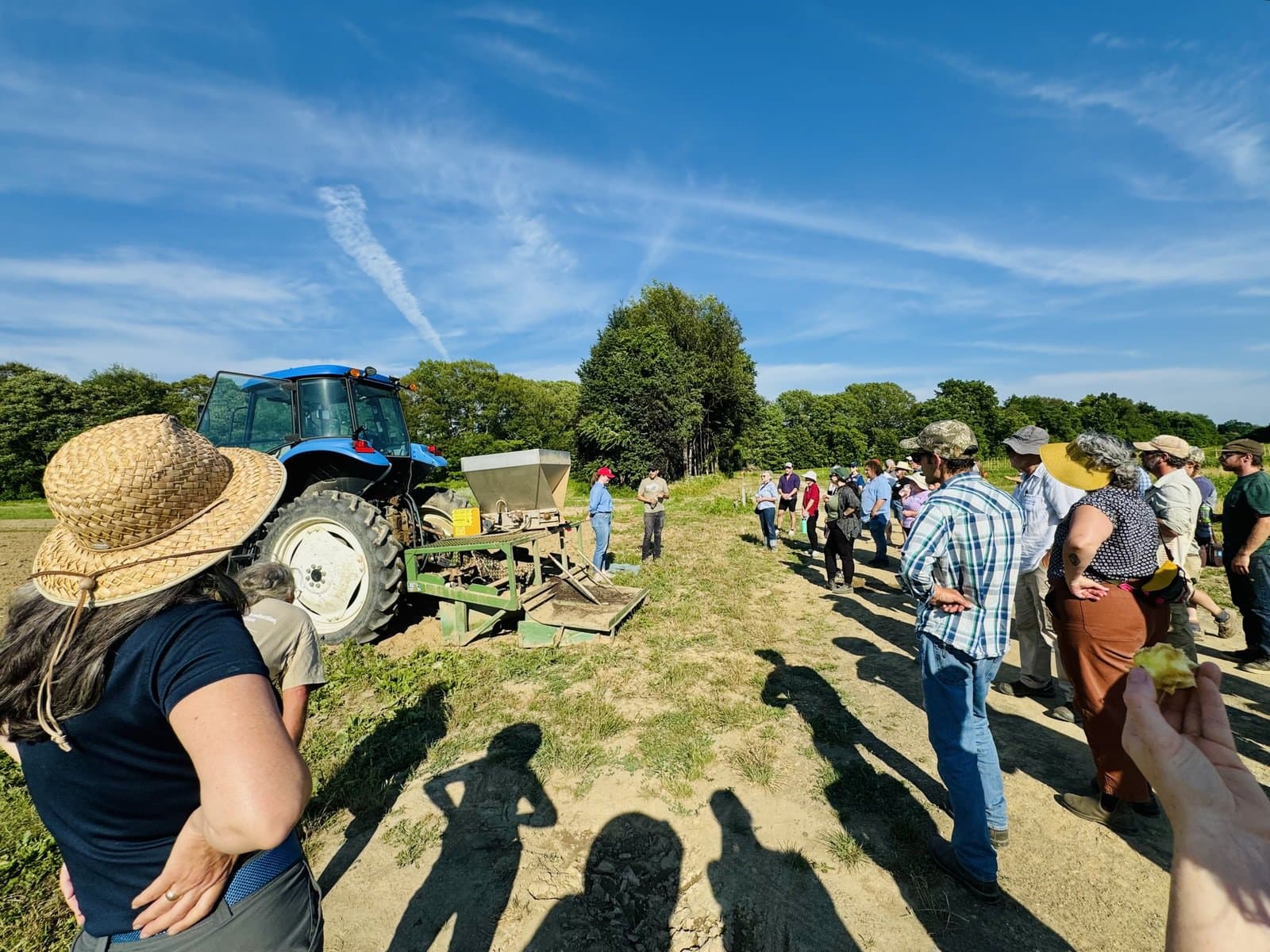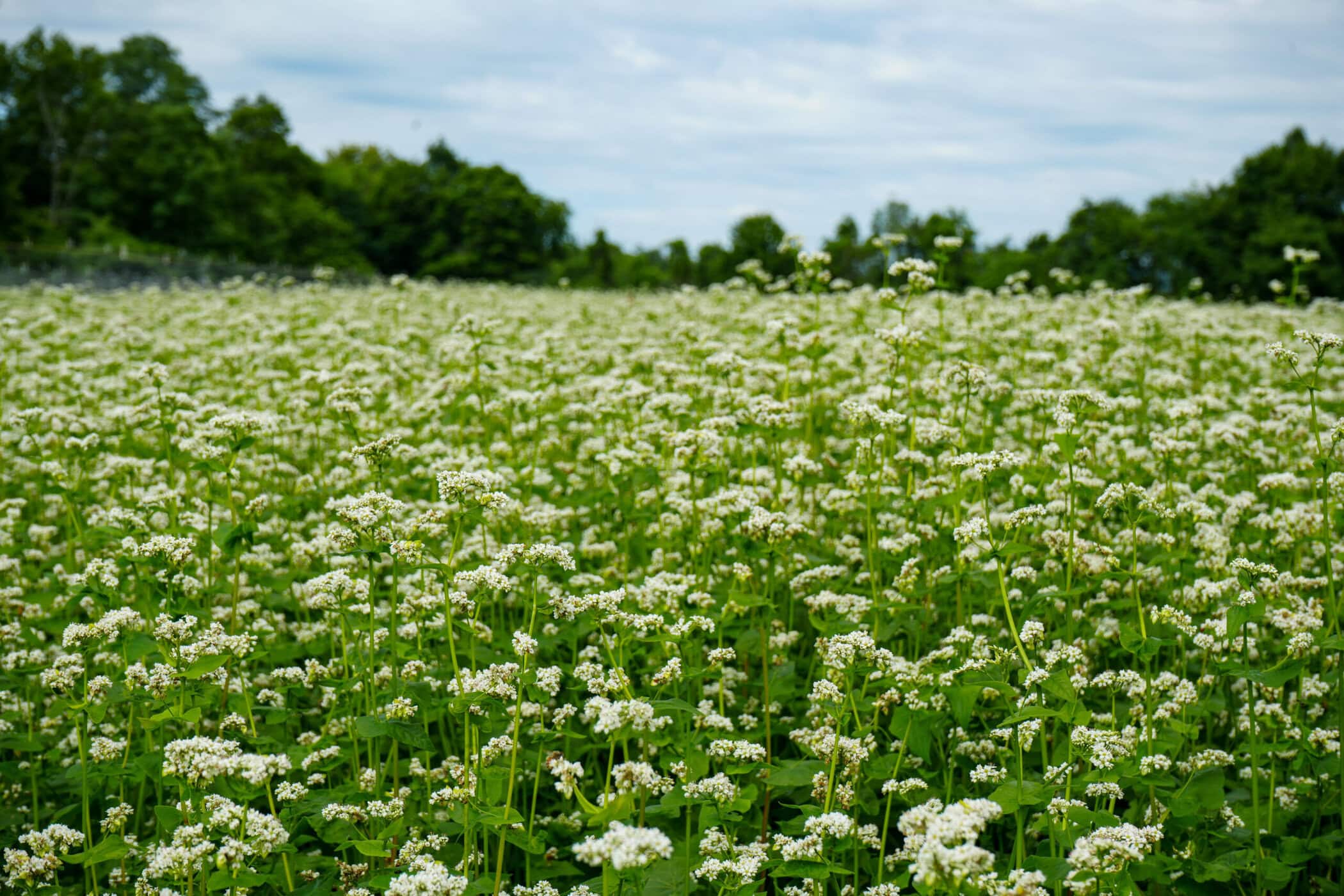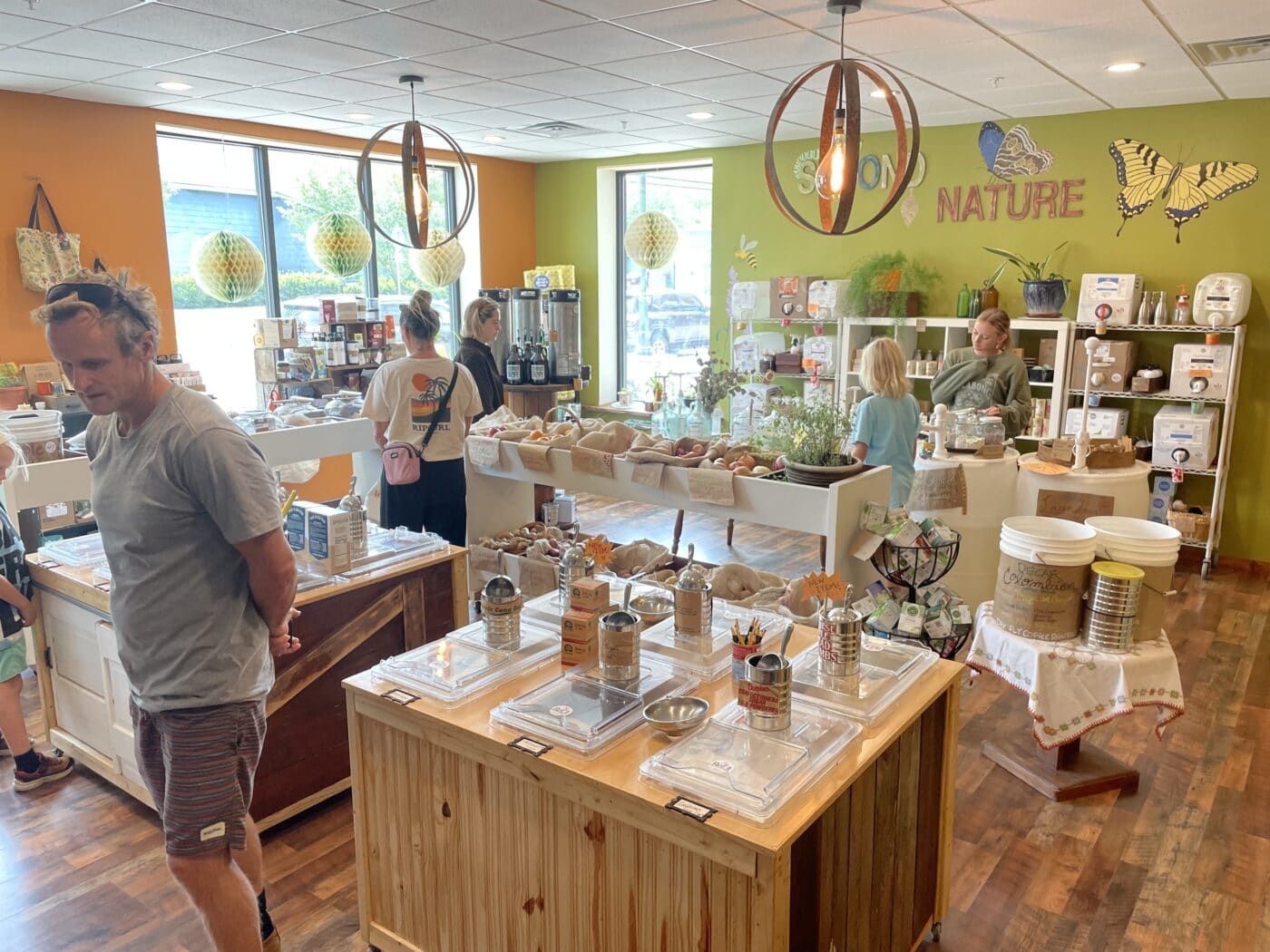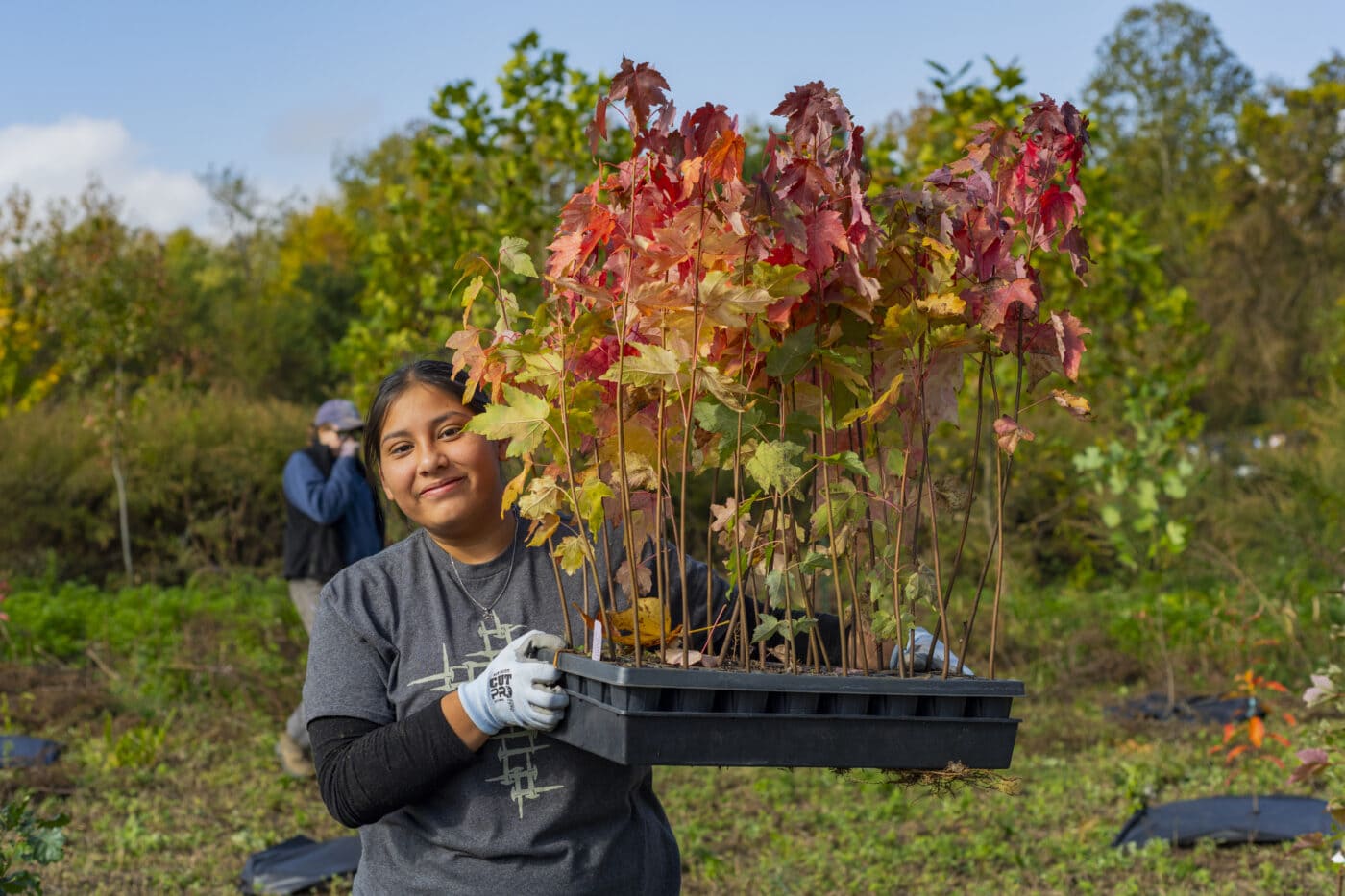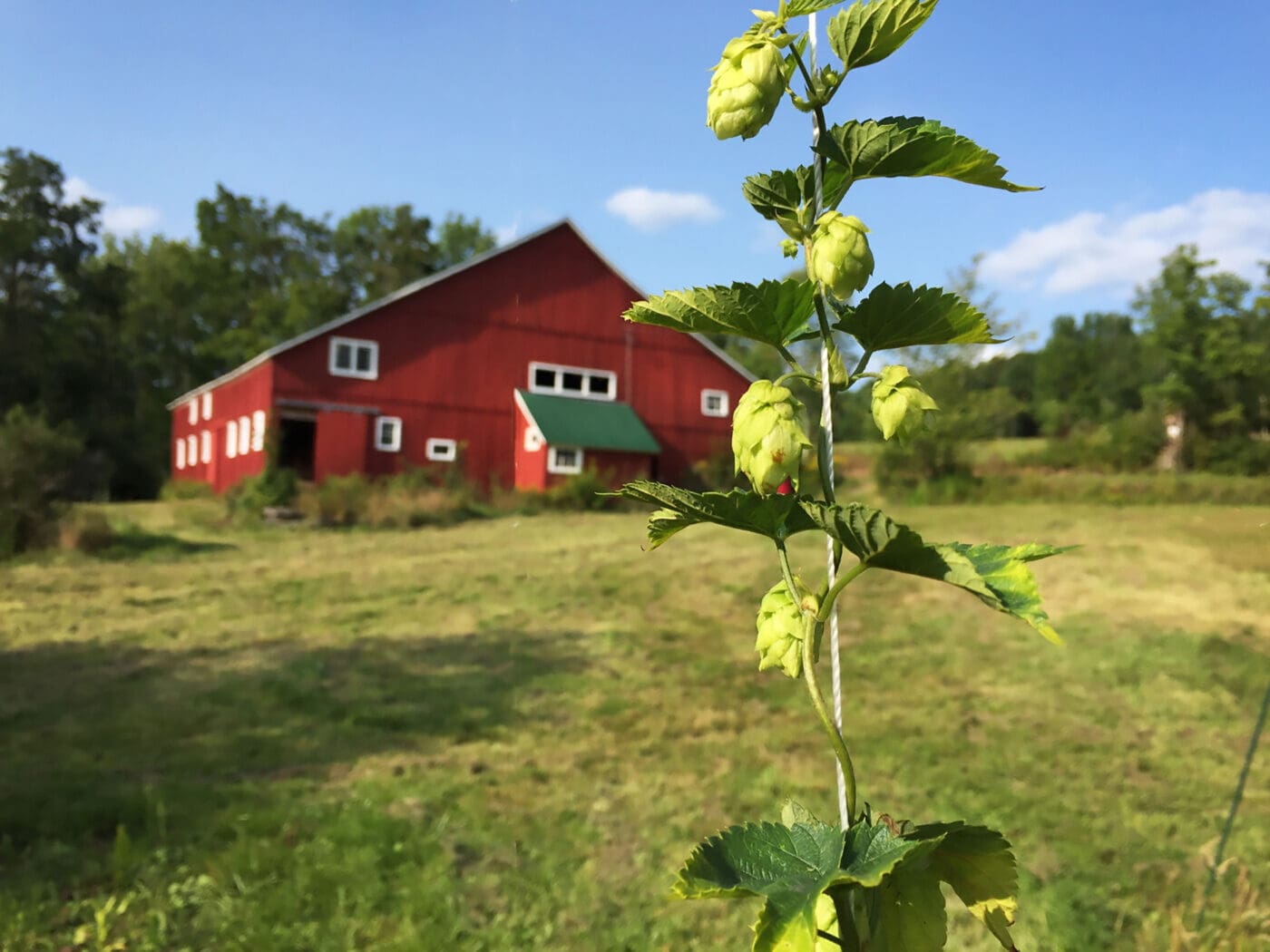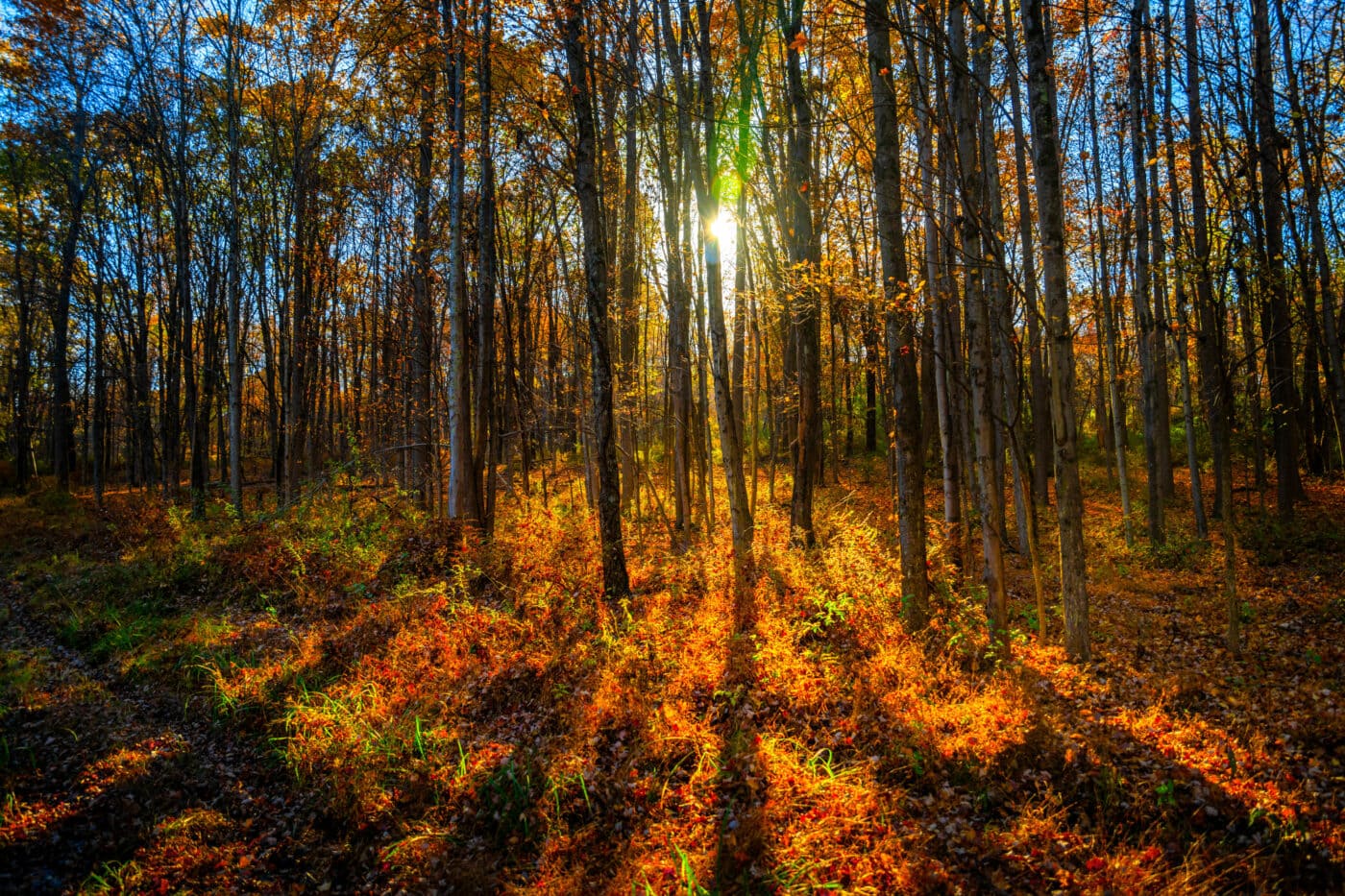Rainbows seem to be everywhere right now. In the Hudson Valley, they often appear with spring and summer showers. And they turn up all over clothing, parades, and other displays of LGBTQ+ pride, especially during June.
What do we know about the gorgeous natural phenomenon that symbolizes so much for the LGBTQ+ community — and hope, optimism, and joy for millions of others? Here are some mind-bending facts:
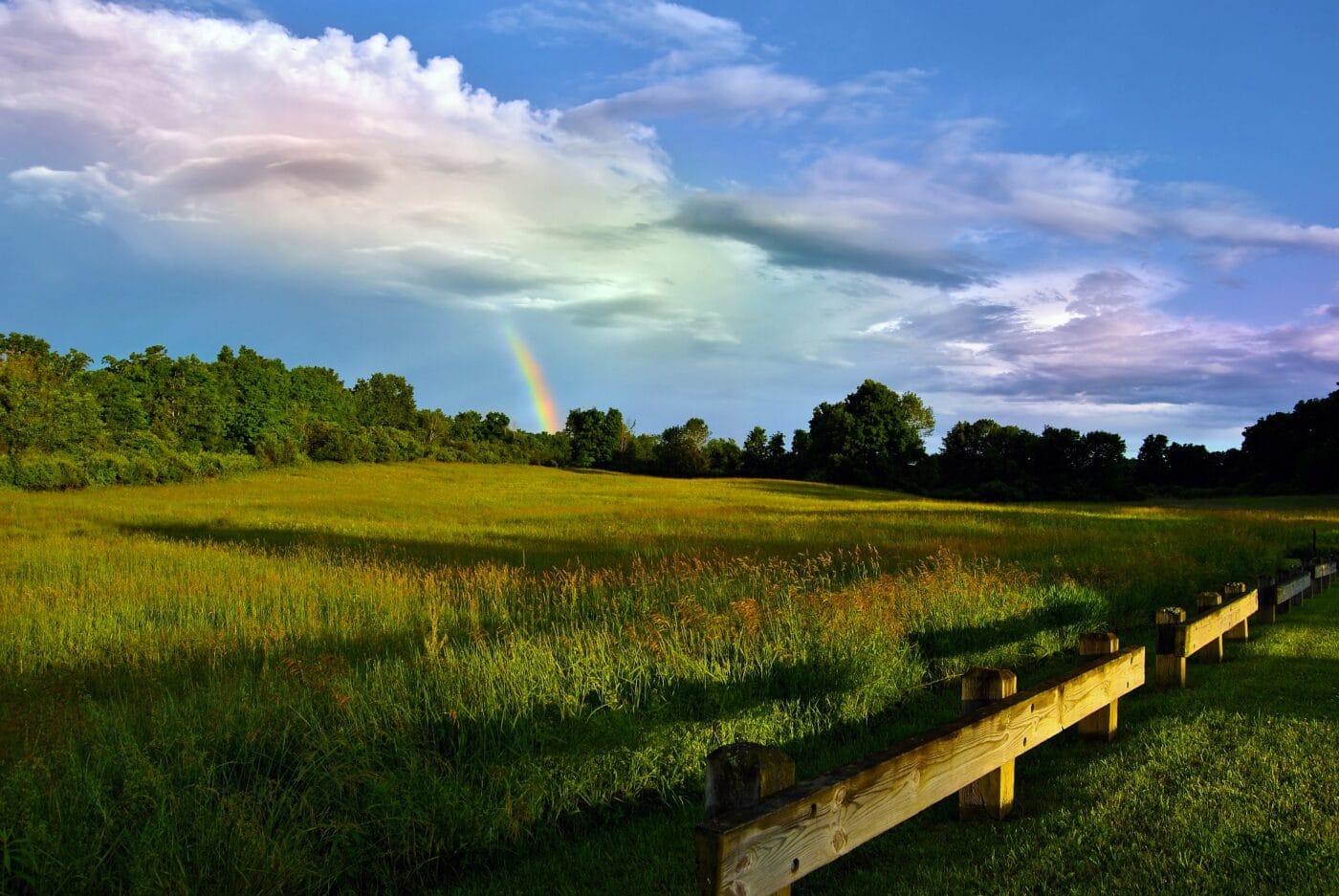
- Across different cultures, the rainbow has often signaled hope. But it has also signified a fascinating range of different symbolic items, including an archer’s bow in Hindu legend and pre-Islamic Arabic culture; a burning bridge in Norse mythologies and a floating one in Japanese myths; a goddess’s crown in Mayan cultures; and the hem of the sun’s coat by the Cherokee.
- The rainbow began its adoption as a symbol of gay pride in 1987, when activist Gilbert Baker designed a rainbow flag as a visual call for acceptance, respect, and equal rights. Gay rights leader Harvey Milk had urged its development before he was assassinated, and Baker never trademarked any of its forms, seeing the flag as his gift to the world. Recently the flag has been redesigned to be even more inclusive.
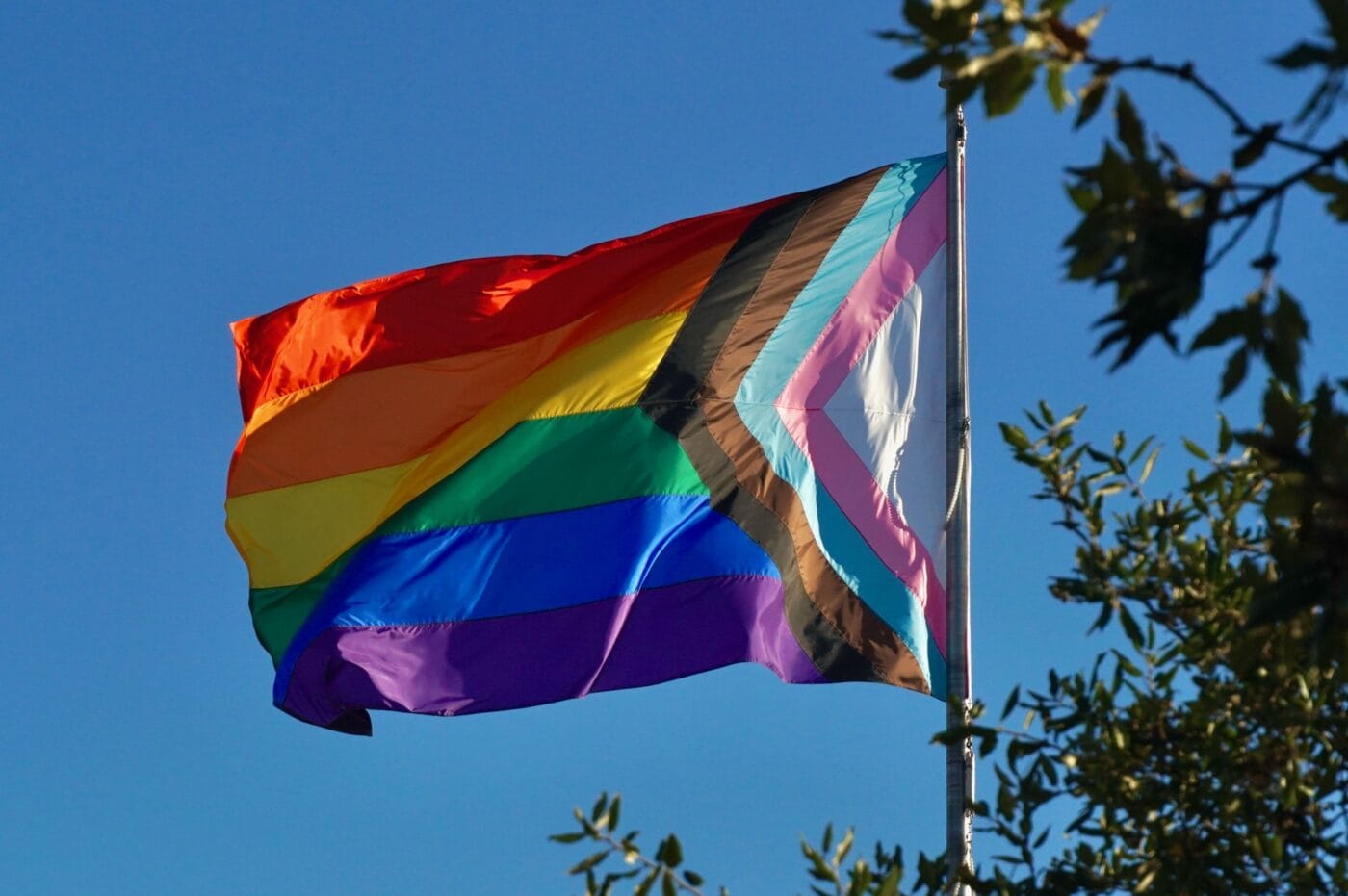
- Although humans have been observing rainbows for millennia, we weren’t able to explain the phenomenon until the 14th century. Europe’s Theodoric of Freiberg and Persia’s Kamal al-Din al-Farisi each made an accurate qualitative description of the rainbow, and at almost the same time — and the mutual discovery is considered one of the greatest scientific successes of the Middle Ages.
- Isaac Newton advanced knowledge of these arcs of light further in 1704 with his groundbreaking scientific work, Opticks, which described his experiments passing light through a prism. Newton identified seven colors — red, orange, yellow, green, blue, indigo, and violet — that make up the visible spectrum.
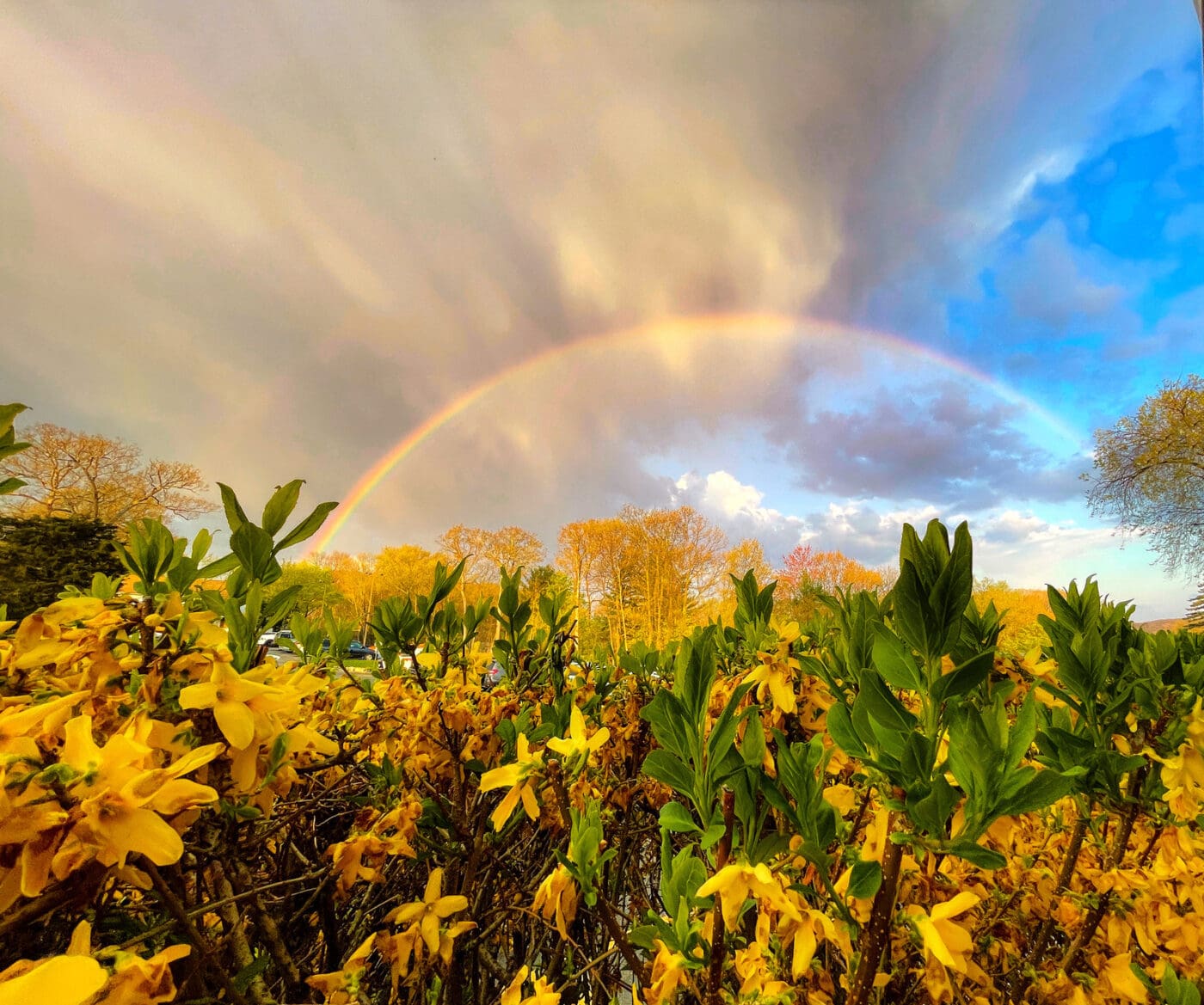
- Yet it’s not all settled science — there is still room for discovery and wonder. After 400 years, scientists are still discovering more about how rainbows work, such as how the size of raindrops affects the way they appear.
- Double rainbows are famously a delight to catch, and even rarer triple and quadruple rainbows can happen, too. On Long Island, a woman captured a viral photo of four bands of color in 2015; scientists say its different angles show it was actually a reflection rainbow, or a double rainbow reflected on water.

- Rare pink rainbows appear under special conditions, like one reported over Newburgh in 2020. Meteorologist Ben Noll (who grew up in the valley) tweeted that its uncommon appearance “requires a special set of atmospheric conditions, including recent rainfall and a low sun angle (such as at sunset), so that only reds & oranges are visible and the rest are scattered away.”
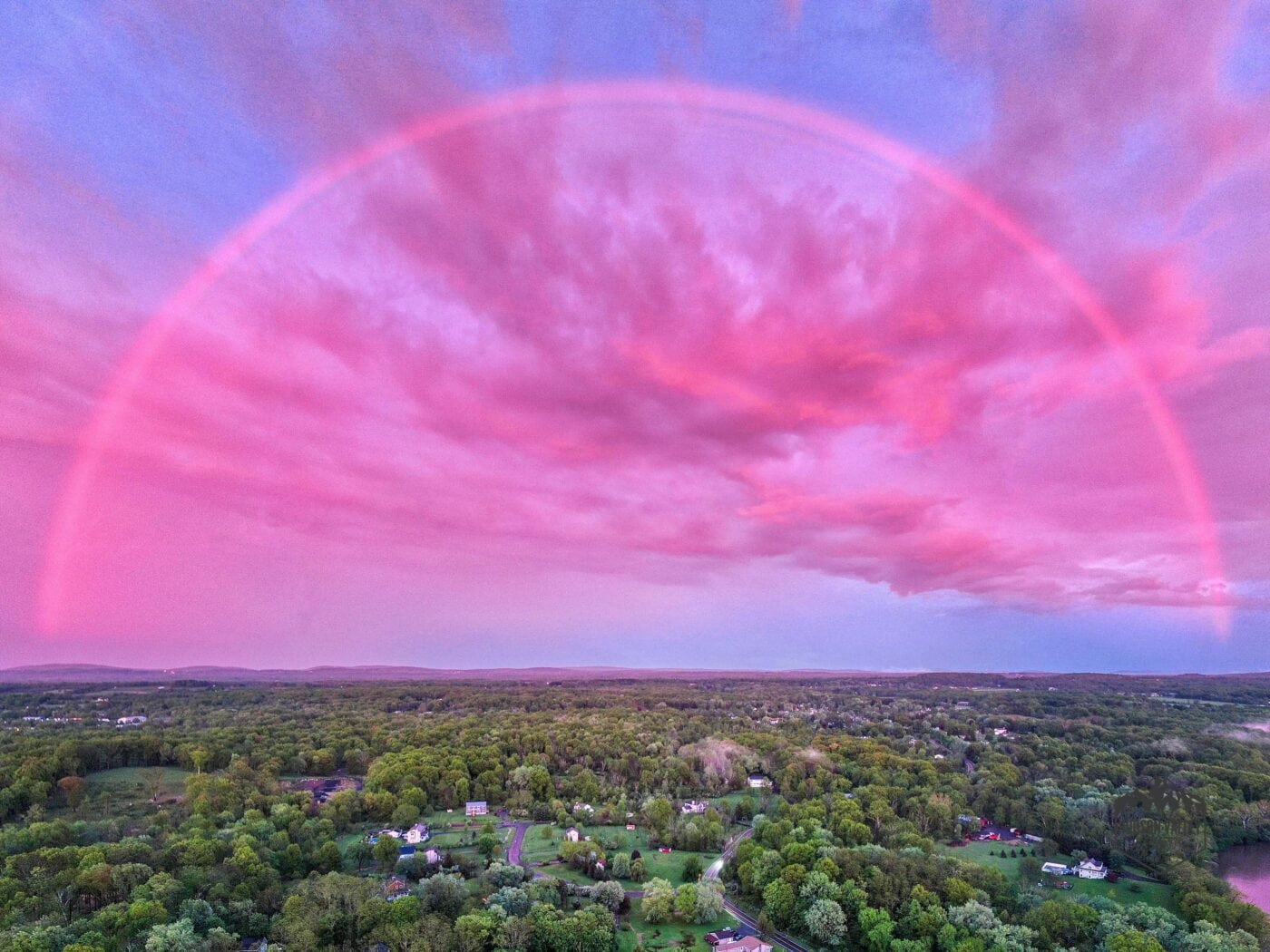


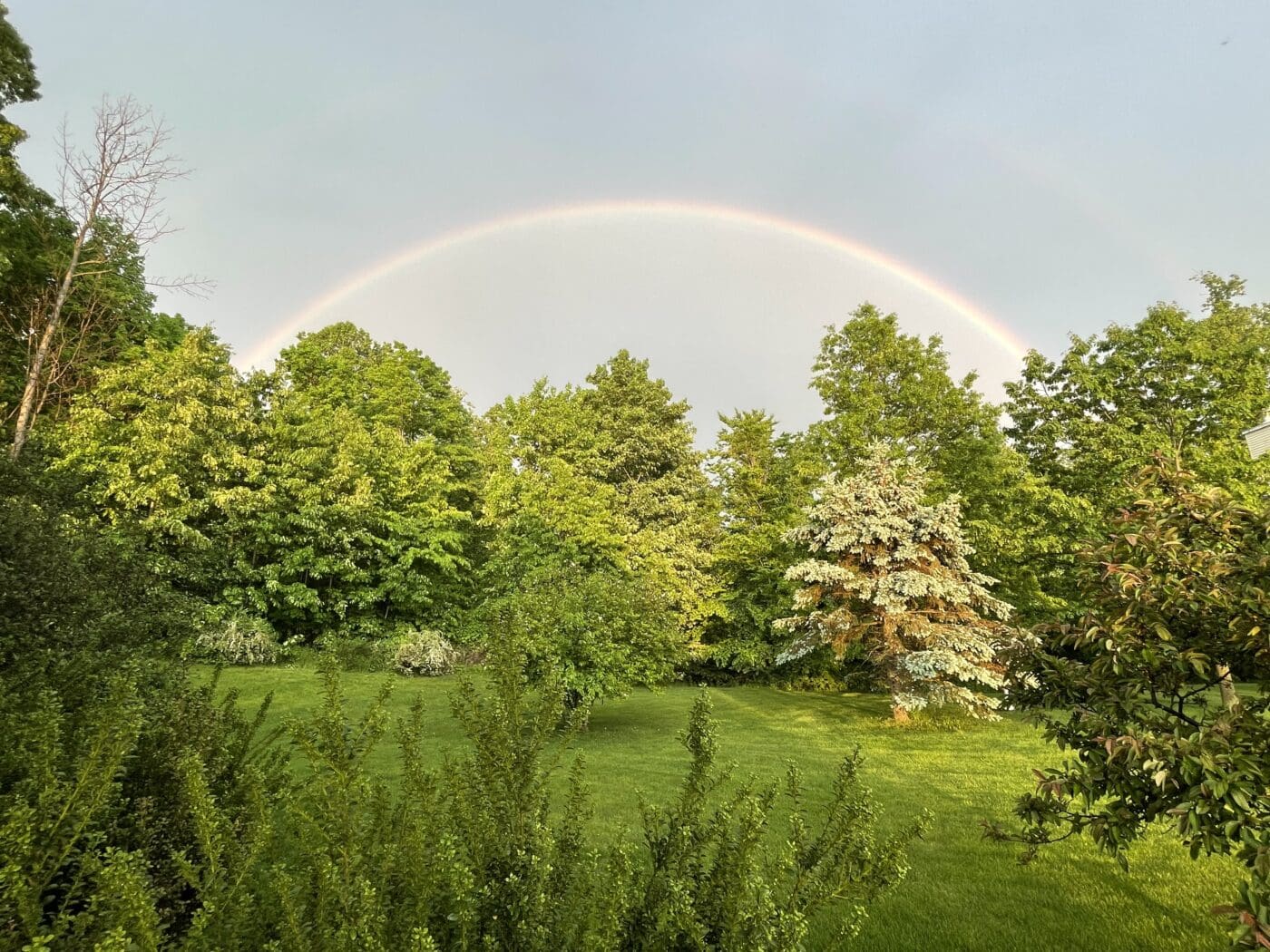
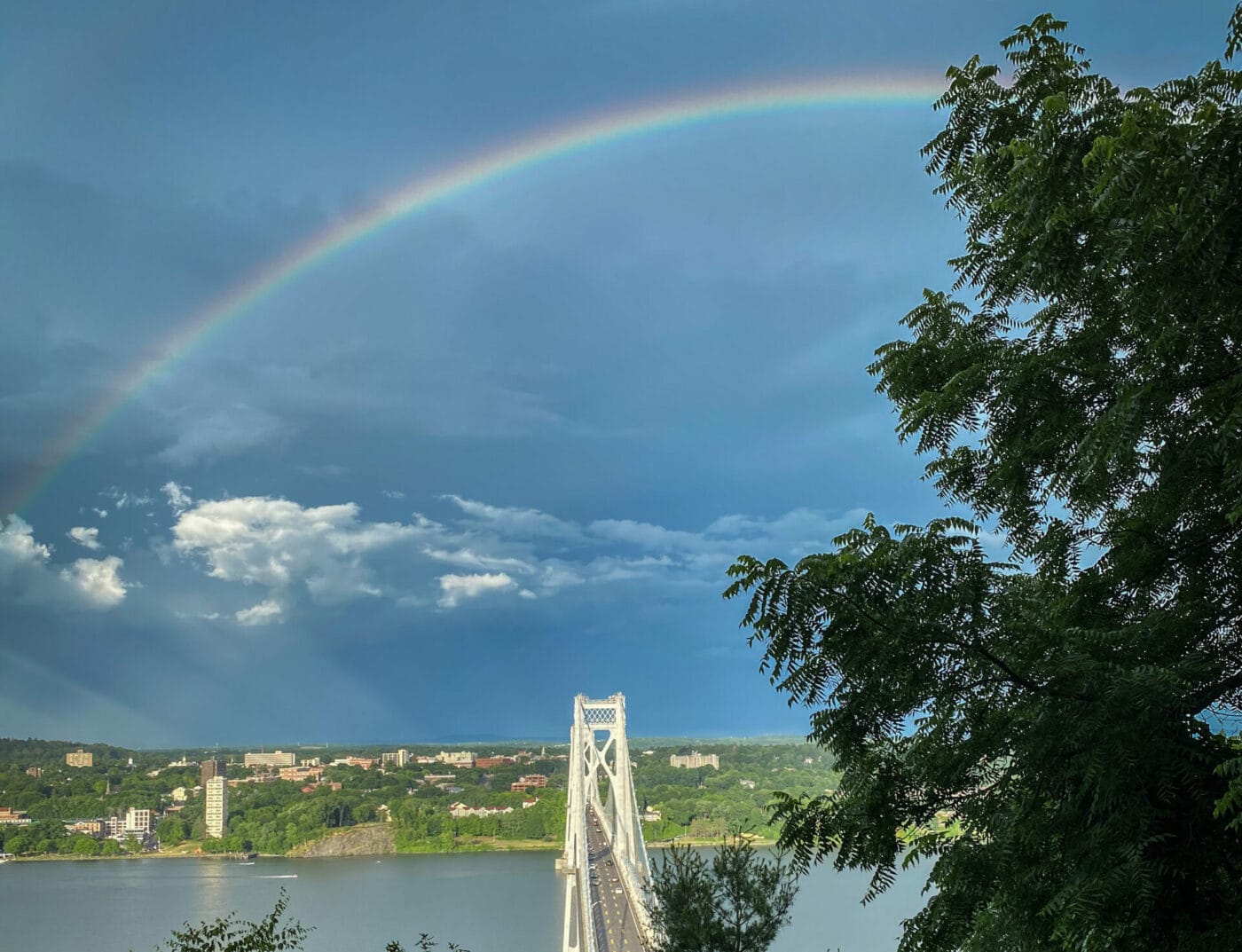
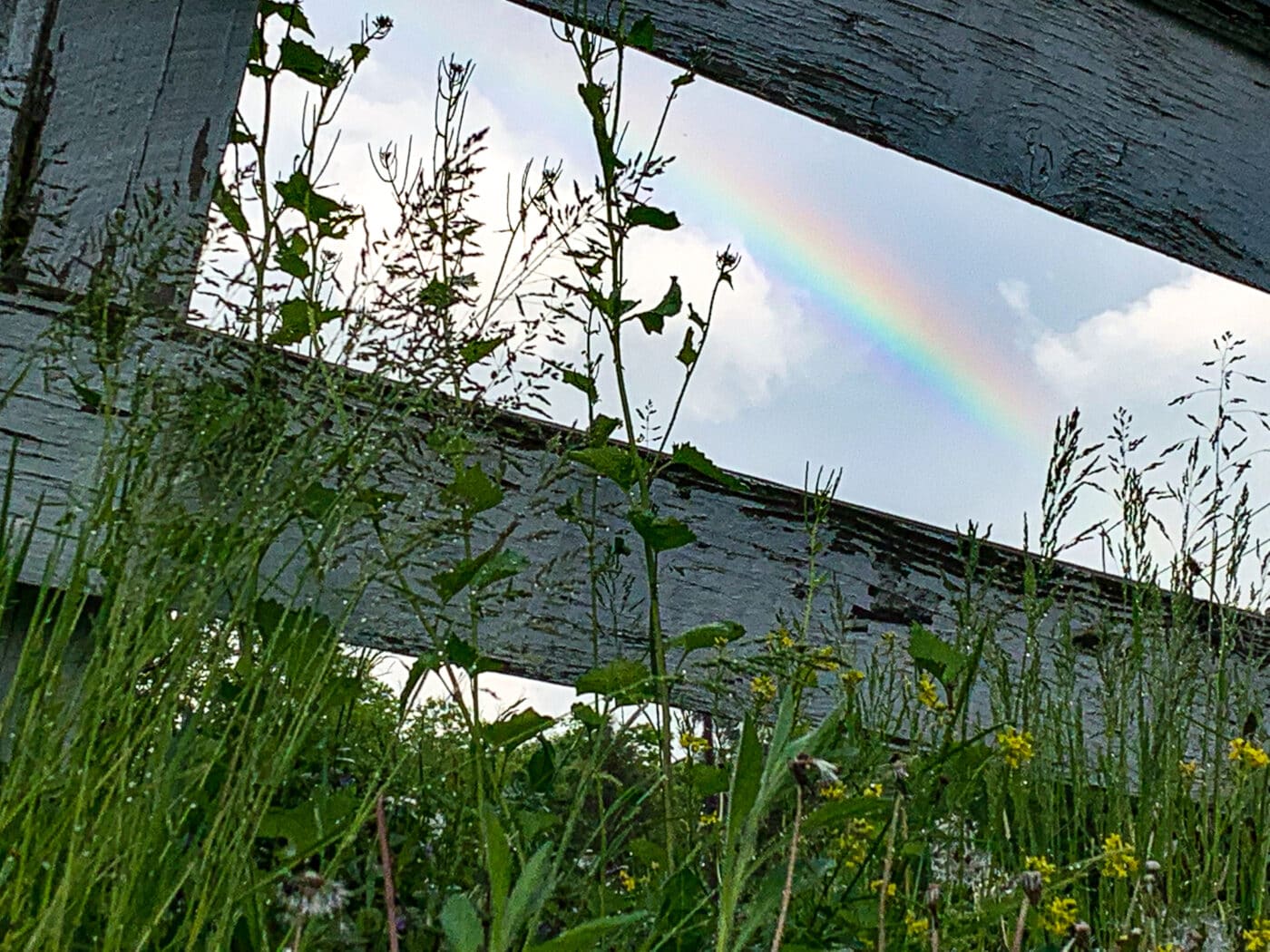
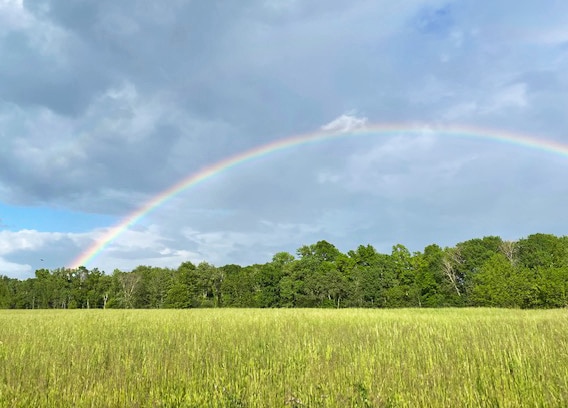
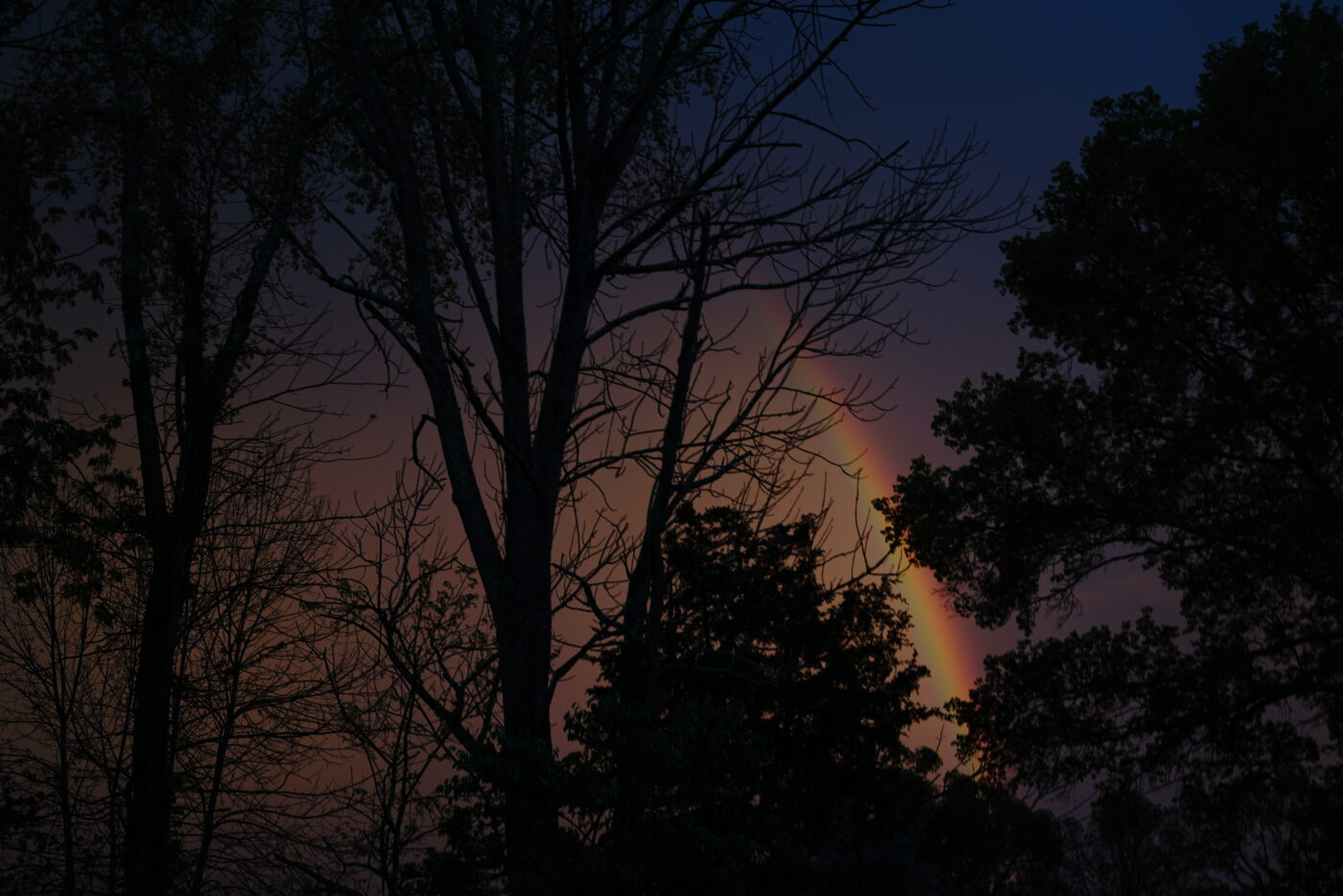
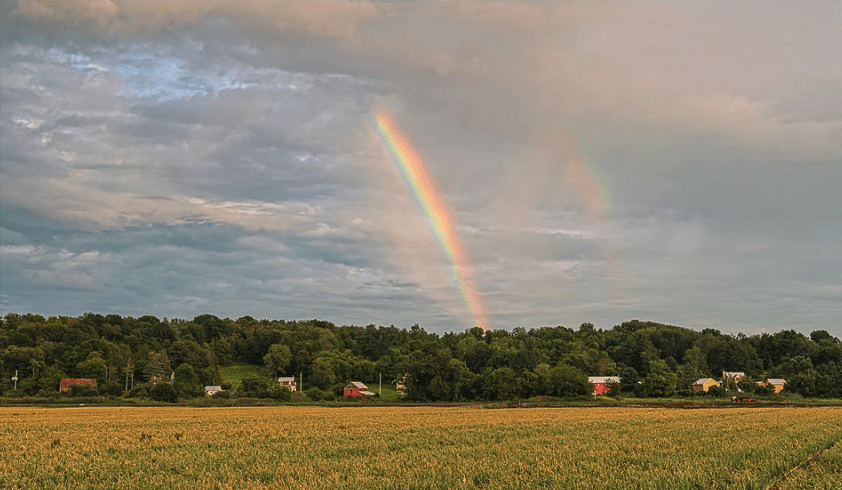
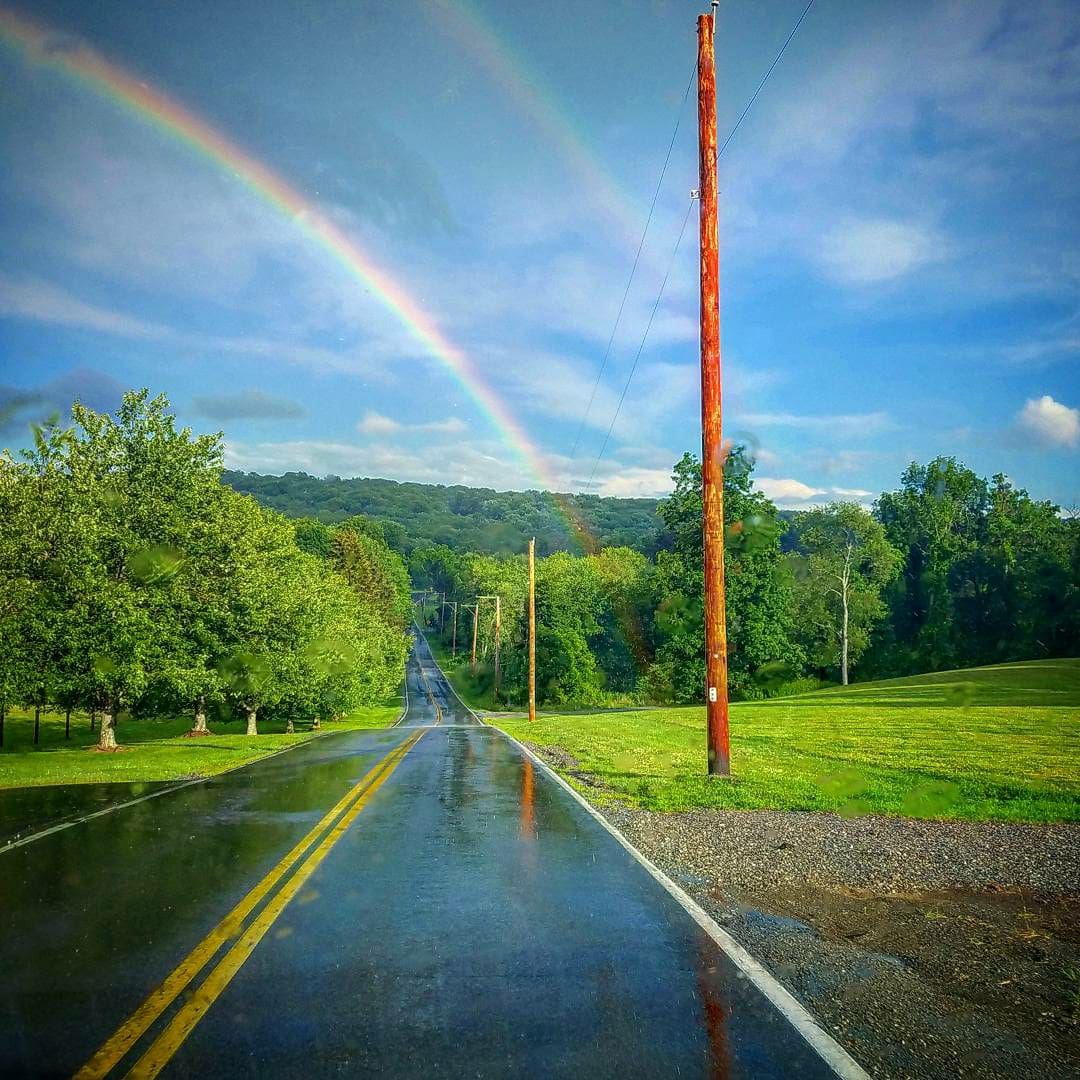
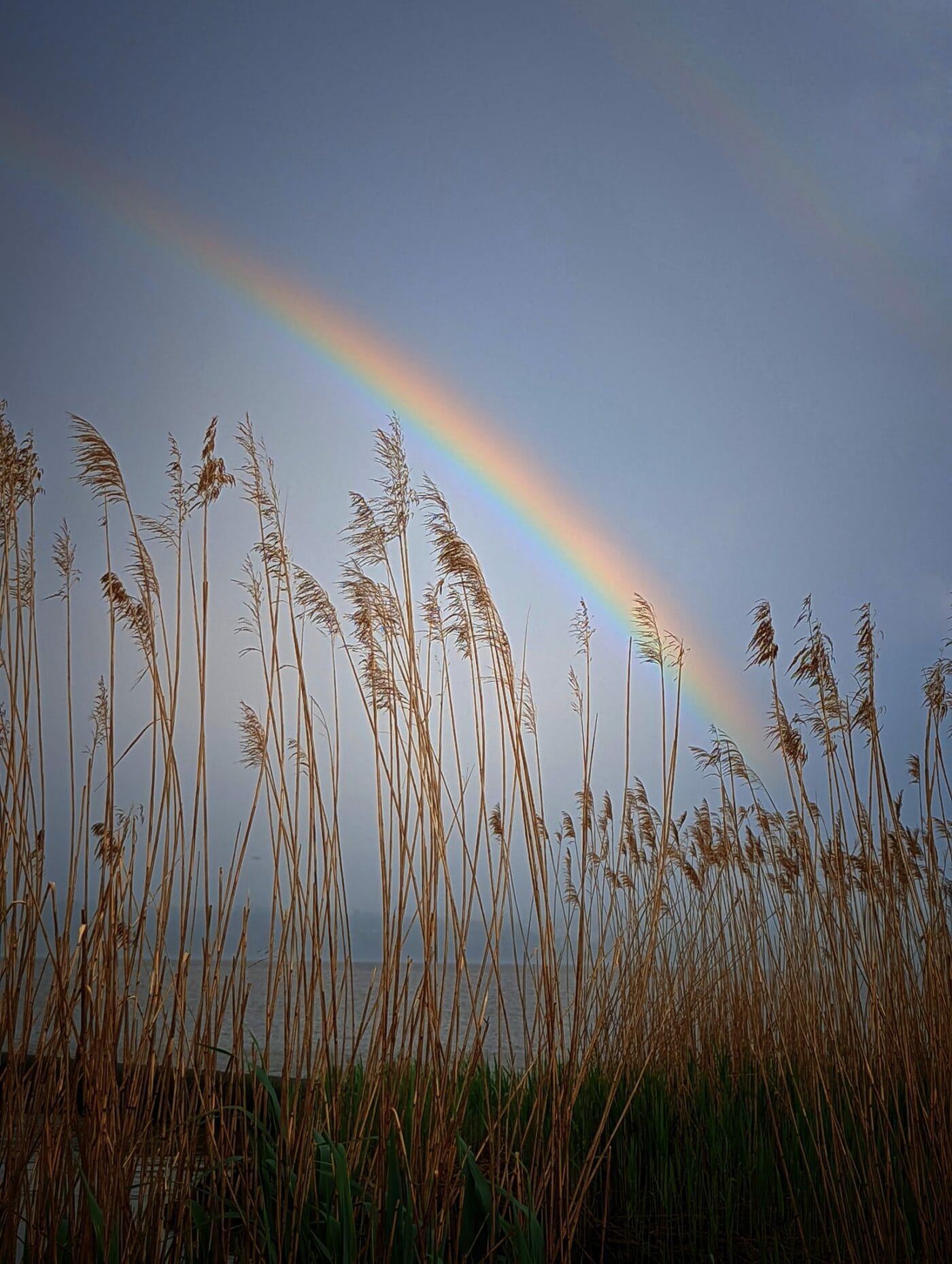
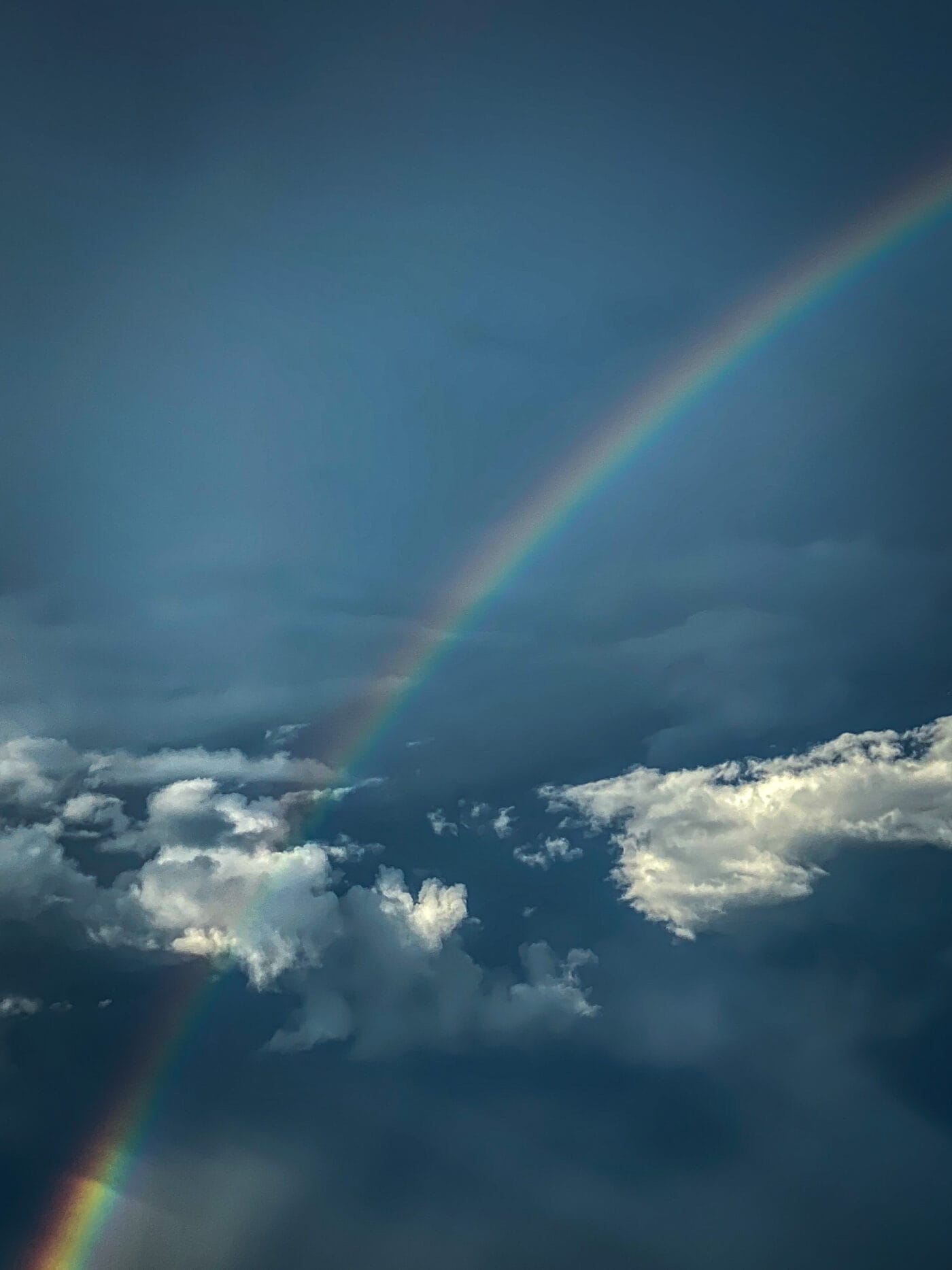

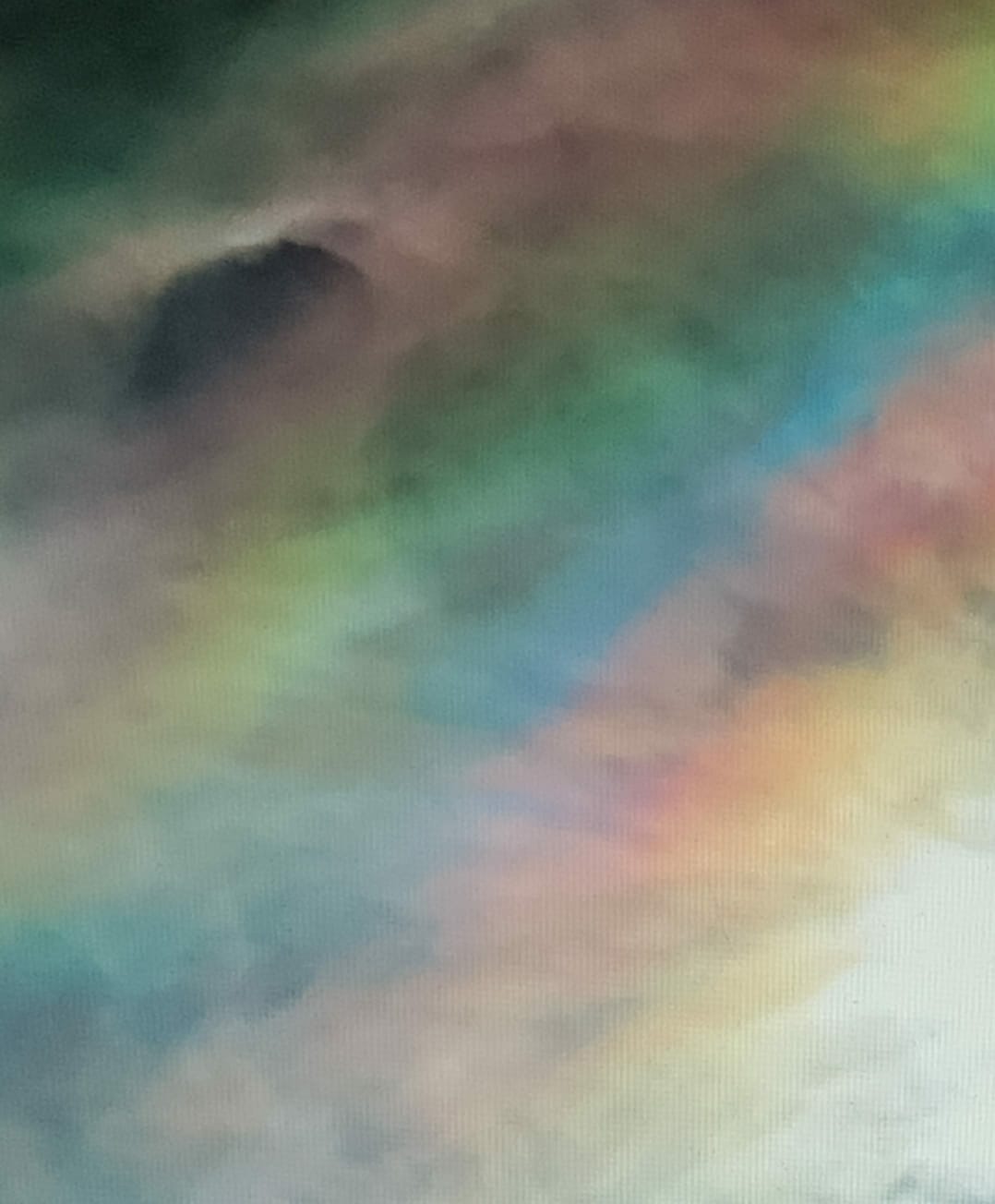
- With a rainy spring in 2022, rainbow sightings have been especially frequent over the valley lately. Here are some of our favorite recent shots:




